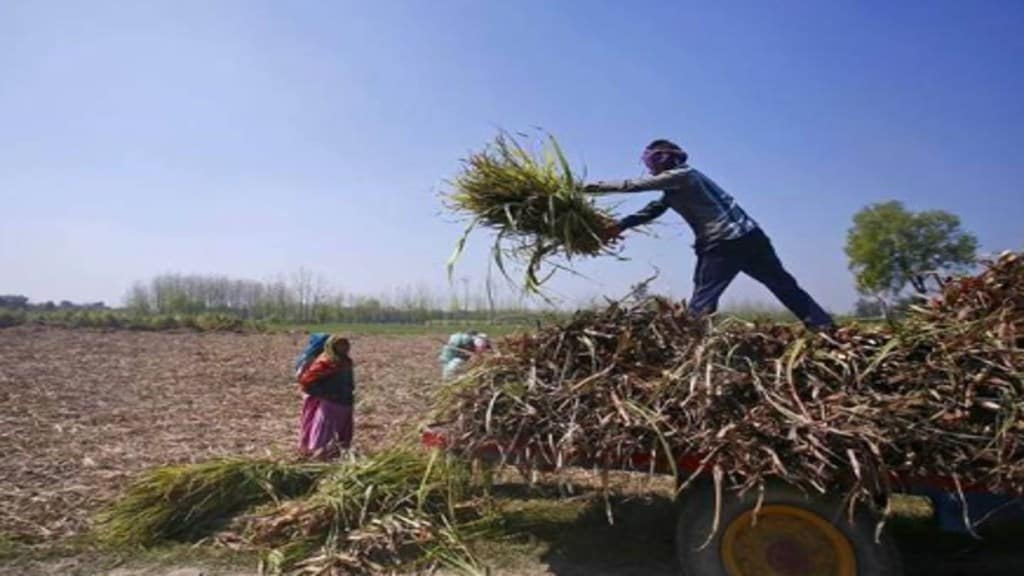The government has initiated registration of farmers well in advance for procurement of kharif crops – onion, tur and urad aimed at building buffer stock and initiating market intervention programme, when prices fall sharply.
Sources told FE that agencies such as farmers’ cooperative Nafed and National Cooperative Consumers’ Federation of India (NCCF) have urged farmers to register on the portal of the consumer affairs ministry prior to sowing of the kharif crops which is expected to commence next month.
Officials say that through registration of the farmers the department can make an assessment of crop size, which would help prepare agencies in making logistical arrangements like storage and disposal mechanisms of commodities like onion and pulses. However, despite registering on the portal, farmers would be free to sell their commodities to private trade if they offer higher prices than the government agencies.
“We are also aiming to set up infrastructure in non-traditional states – Bihar, Uttar Pradesh and Jharkhand for procurement of tur dal in the coming kharif season,” an official told FE. Nafed and NCCF mostly buy pulses farmers in Rajasthan, Madhya Pradesh, Karnataka and Maharashtra under the price support scheme (PSS) aimed at buying pulses and oilseeds for ensuring that the farmers get minimum support price (MSP).
While onion is purchased from farmers mostly in Maharashtra under the price stabilisation fund aimed at checking the volatility in the prices of agri-horticultural commodities to protect farmers as well as consumers.
Meanwhile, NCCF has commenced procurement of rabi onion from the farmers for the buffer in the current fiscal at an price range of Rs 17- Rs 20/kg from farmers. The government had decided to purchase 0.5 million tonne (MT) of onion in the current fiscal for a buffer which is released in the market in the calibrated manner for putting a curb on rise in prices.
The Nafed and NCCF have been entrusted with the task of purchasing 0.25 MT each of key vegetable. In FY23, two agencies had purchased 0.64 MT of onion from farmers for the buffer. NCCF and Nafed ensure calibrated disposal of the procured stocks in major cities to curb price rise. The buffer is supported under the price stabilisation fund managed by the department of consumer affairs.
To improve shelf-life and reduce storage losses, the government is aiming to irradiate 5000 tonne of onion this year which will be procured from farmers for buffer stocking under the price stabilisation fund.
Last year as part of a pilot only 1200 tonne of onion was irradiated using gamma rays and the protocol was developed by the Bhabha Atomic Research Centre (BARC). The BARC has developed onion-specific irradiation and cold storage system which extends storage life of ‘rabi’ onion upto 7.5 months.
According to Nidih Khare, secretary, department of consumer affairs, the irradiation of onion reduces storages losses to only 10% from the prevailing level of 25% and the government is looking at expanding presence of irradiation facility built in collaboration with BARC currently at Lasalgaon, Nashik, the hub of the onion trade in the country.
Earlier this month, while lifting ban on onion exports imposed in December last year, the government had imposed a minimum exprt prices (MEP) of $550/tonne along with a 40% exports duty on staple vegetables. Retail inflation in onions rose to 36.58% last month, marginally lower than 36.88% in March, 2024 on year.


